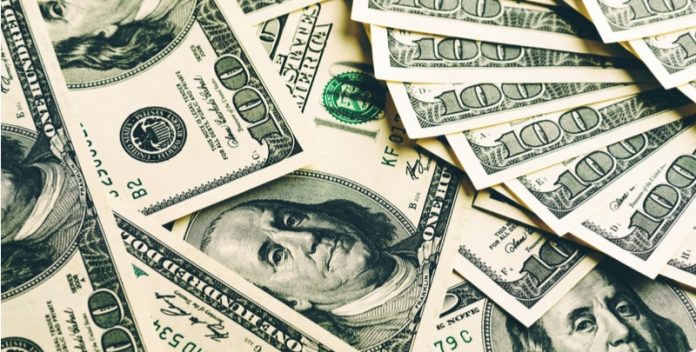The euro U.S. dollar exchange rate climbed steadily for the majority of last week, before soaring higher following the release of the U.S. jobs report on Friday. The euro started last week at $1.1160 versus the U.S. dollar and finished the week over 100 points higher.
| What do these figures mean? |
|---|
| When measuring the value of a pair of currencies, one set equals 1 unit and the other shows the current equivalent. As the market moves, the amount will vary from minute to minute. |
| For example, it could be written: 1 EUR = 1.12829 USD |
| Here, €1 is equivalent to approximately $1.13. This specifically measures the euro’s worth against the dollar. If the U.S. dollar amount increases in this pairing, it’s positive for the euro. |
| Or, if you were looking at it the other way around: 1 USD = 0.88789 EUR |
| In this example, $1 is equivalent to approximately €0.89. This measures the U.S. dollar’s worth versus the euro. If the euro number gets larger, it’s good news for the dollar. |
Last week, economic data was driving demand for the euro up. Slightly weaker EU inflation figures at the beginning of the week were compensated for by strong European manufacturing and economic growth figures towards the end of the week.
This week the focus will be firmly on the European Central Bank (ECB) interest rate decision meeting on Thursday 8th June. The recent data coming from the eurozone points to the region’s economy strengthening. This is raising hopes that ECB President, Mario Draghi, will show more interest in tightening the eurozone monetary policy by tapering the current bond buying programme or by hiking up interest rates.
| Why do raised interest rates boost a currency’s value? |
|---|
| Interest rates are key to understanding exchange rate movements. Those who have large sums of money to invest want the highest return on their investments. Higher interest rate environments tend to offer higher yields. So, if the interest rate or at least the interest rate expectation of a country is relatively higher compared to another, then it attracts more foreign capital investment. Large corporations and investors need local currency to invest. So more local currency used then boosts the demand of that currency, pushing its value higher. |
Dollar 0.5% lower against euro after U.S. jobs report on Friday
The dollar weakened by 0.5% versus the euro following the release of the closely watched U.S. jobs data. The report showed that 138,000 new jobs were created, a significantly lower figure that the 185,000 expected by analysts. However, in better news, unemployment unexpectedly improved from 4.4% in April to 4.3% in May.
Although the data from the U.S. has been soggy at best recently, the U.S. Federal Reserve is still expected to increase interest rates at the next Federal Open Monetary Committee (FOMC) in mid June. Usually a central bank will look to raise interest rates when economic data being released is strong and pointing towards improving employments levels and higher inflation. Whilst U.S. data was proving to be very strong earlier in the year, it has weakened over recent months. Yet expectations for a rate hike in June by the Federal Reserve are at over 90%. However, there are doubts as to how many more interest rate hikes could happen across the remainder of 2017 and this is what is putting pressure on the dollar. A lower interest rate expectation will pull a currency lower, whilst a higher interest rate expectation will tend to boost a currency.
This publication is provided for general information purposes only and is not intended to cover every aspect of the topics with which it deals. It is not intended to amount to advice on which you should rely. You must obtain professional or specialist advice before taking, or refraining from, any action on the basis of the content in this publication. The information in this publication does not constitute legal, tax or other professional advice from TransferWise Inc., Currency Live or its affiliates. Prior results do not guarantee a similar outcome. We make no representations, warranties or guarantees, whether express or implied, that the content in the publication is accurate, complete or up to date. Consult our risk warning page for more details.
This article was initially published on TransferWise.com from the same author. The content at Currency Live is the sole opinion of the authors and in no way reflects the views of TransferWise Inc.





